Thirteen-year old Maurice Zekaria was peeking through the window curtains of his house in central Baghdad and saw Iraqi men dragging two Jewish girls by their hair down the street, attacking Jewish men with axes and hammers and heavy smoke rising from torched Jewish businesses and homes.
It was June 1, 1941, Shavuot, and over the next 48 hours, Muslim rioters killed approximately 180 Jews, injured 240 more, raped Jewish women and burned and looted 586 Jewish stores and homes.
“That was the Farhud,” said Zekaria, now 76, a Los Angeles resident and founding CEO of a national chain of clothing stores.
The Farhud — an Arabic term for “violent dispossession” — though put down by British troops after two days of rampaging by pro-Nazi Arabs, marked the beginning of the end of the 2,600-year-old Iraqi Jewish community, just as the 1938 Kristallnacht signaled the upcoming destruction of German Jewry.
Yet, “Everybody has heard of Kristallnacht, but nobody has heard of Farhud,” Zekaria said.
His complaint reflects the long-standing frustration of Sephardic leaders and scholars at the general ignorance about the victimization of Sephardic Jews in Arab countries and the Balkans during the Holocaust era.
According to recent studies, almost 200,000 Sephardic Jews perished at the hands of the Nazis, mainly in Greece, Yugoslavia and Bulgaria. Pogroms in Arab countries, many orchestrated, as in the Farhud, by the exiled grand mufti of Jerusalem, added to the toll.
To remedy the gap in the historical record, a small group of American Sephardic leaders recently met with Holocaust historians to launch the Farhud Recognition Project.
The main catalyst in the effort has been investigative reporter and author Edwin Black, whose current book, “Banking on Baghdad” (John Wiley & Sons), surveys the stormy history of Iraq, its oil politics and the fate of its Jewish community. In lectures, articles and television appearances in about 40 U.S. cities, Black has criticized the neglect of Sephardic suffering in the Holocaust, citing ignorance of the Farhud as the lead example.
The Farhud Recognition Project, still in its formative stage, seeks to have the fate of the Sephardic communities in Iraq, other Arab countries and Europe included in the study and teaching of the Holocaust in the United States, Israel and across the world.
“We must recognize that Hitler wanted to kill not just the Jews of Central and Eastern Europe, but all Jews everywhere,” said Shelomo Alfassa, executive director of the Florida-based International Society for Sephardic Progress.
“The Holocaust ended in Europe with the defeat of Hitler, but its legacy and ideology is still alive in the Arab world,” added Alfassa during a press conference at the Los Angeles Museum of the Holocaust.
As a concrete step, professor Samuel Edelman announced that he will incorporate the Farhud and Sephardic experiences in teacher training and curriculum programs for California’s mandatory high school classes on the Holocaust. Edelman heads the state-supported Center for Excellence on the Study of the Holocaust, Genocide, Human Rights and Tolerance at California State University, Chico.
For its part, the Los Angeles Museum of the Holocaust is planning a traveling exhibit along the Farhud project lines, said Executive Director Rachel Jagoda.
Dr. Jose Nessim, founder of the Sephardic Educational and Cultural Center in Jerusalem, Buenos Aires and Los Angeles, pledged his support for the project, as did the Washington, D.C.-based Institute of Religion and Public Policy.
Kahal Joseph, a predominantly Iraqi Jewish congregation in West Los Angeles, hosted the project participants at a Friday evening dinner. Program director Dafna Ezran of Kahal Joseph said she regretted the neglect of Iraqi Jewish history and culture “as a loss for the entire Jewish community and for civilization as a whole.”
Black told the congregation that “we are not trying to change the focus of Holocaust studies, but to make them more inclusive.”
He noted that in the past, it has taken a long time until the public became aware of many Holocaust restitution issues or the collaboration of IBM and other U.S. industries with Hitler’s regime.
“I believe that in five years, the Farhud will be an integral part of our discourse,” Black said.
Alfassa urged that interested organizations and individuals petition their schools and universities to include the aims of the Farhud project in their teaching and research.
For information, contact Shelomo Alfassa, International Society for Sephardic Progress, P.O. Box 621719, Ovideo, FL 32762; phone (407) 496-1125; e-mail email@isfsp.org. For additional background, visit www.farhud.org or www.bankingonbaghdad.com.







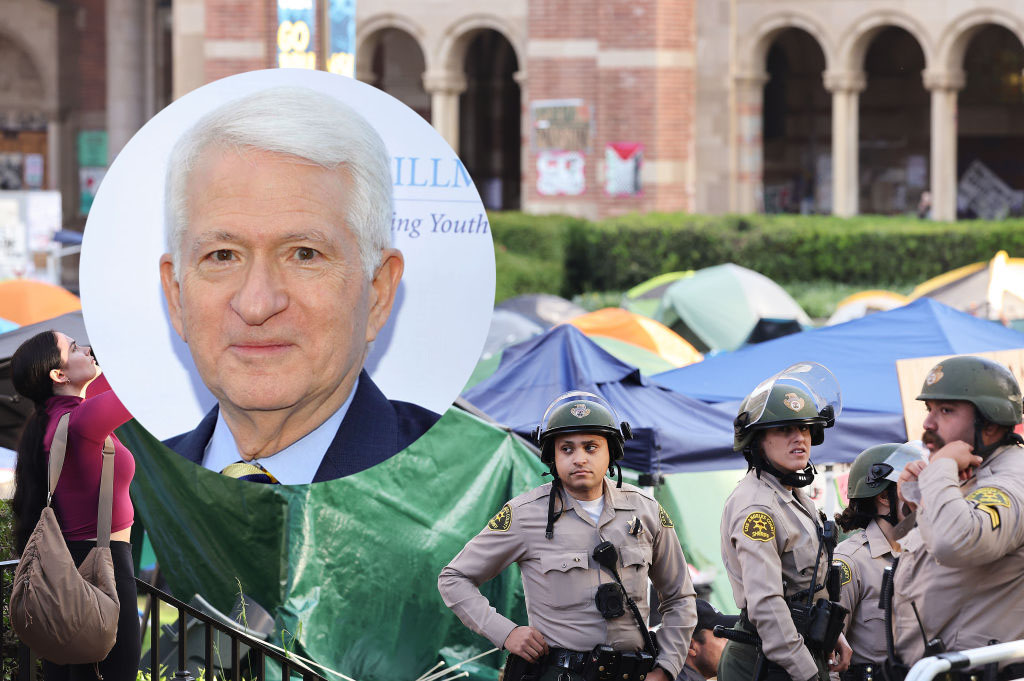
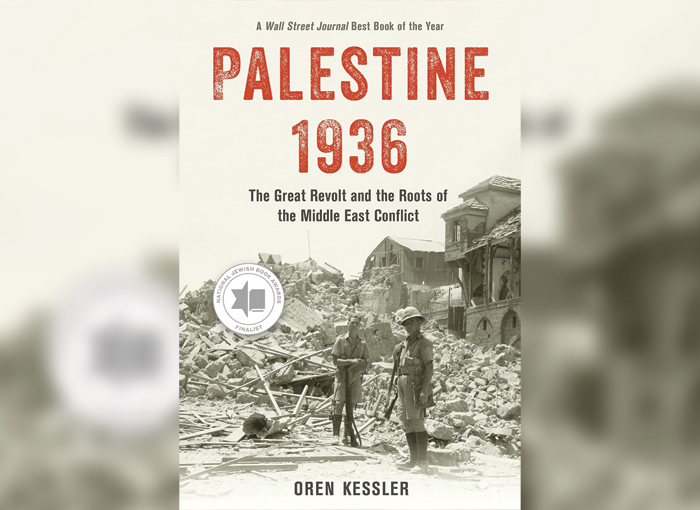
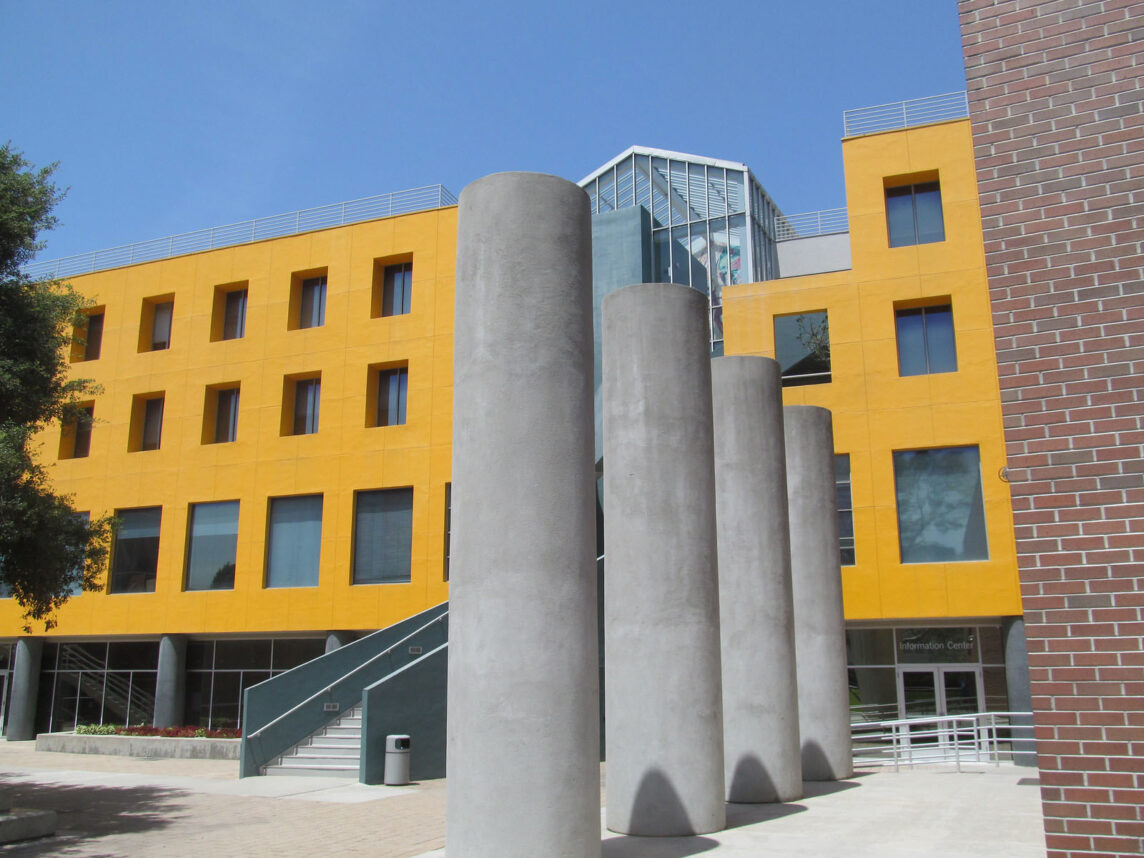
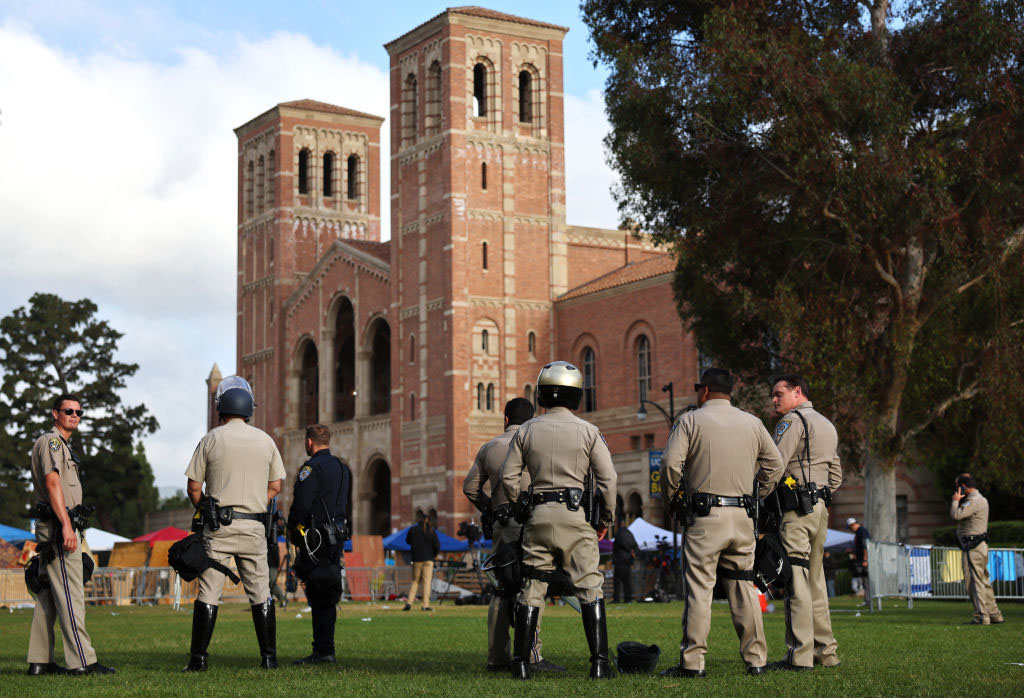
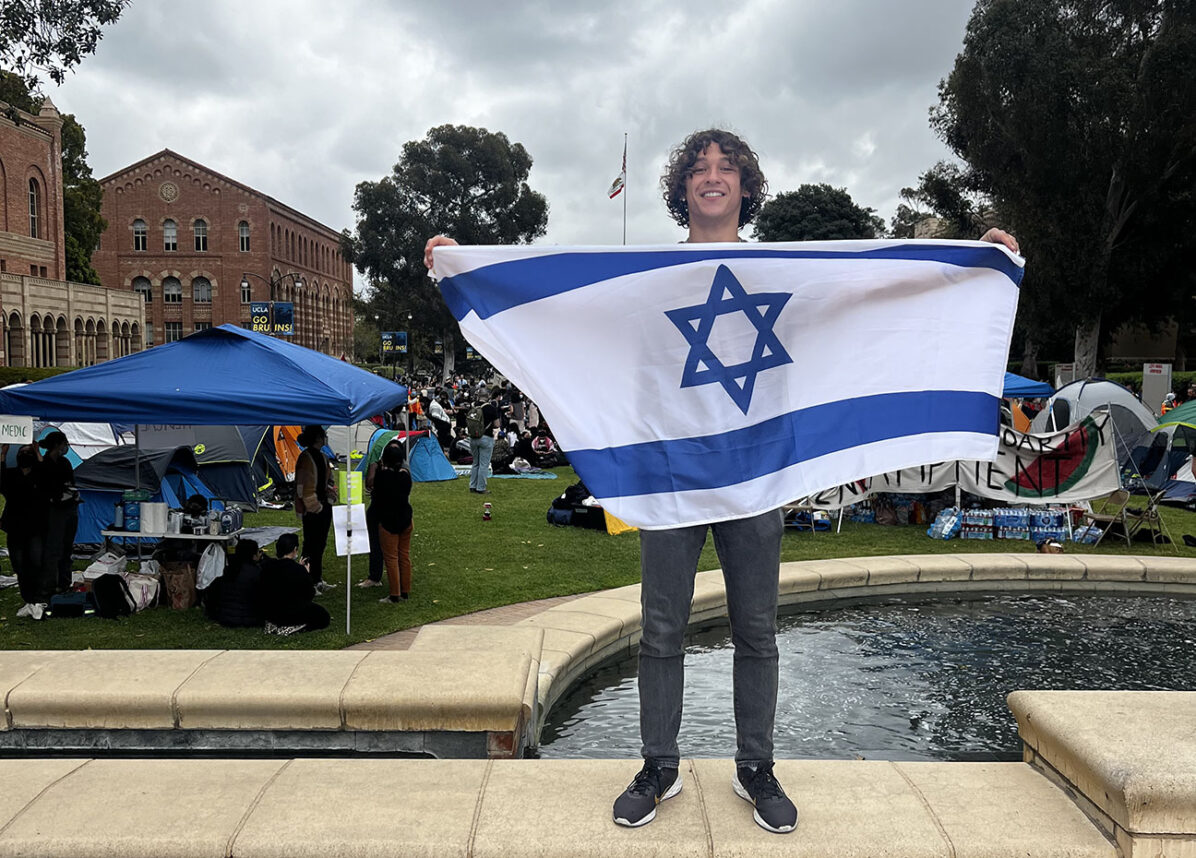
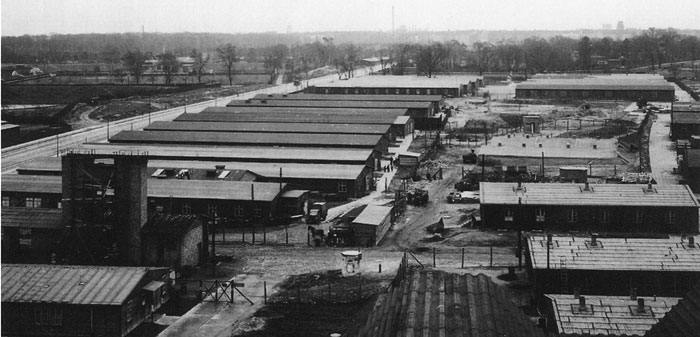
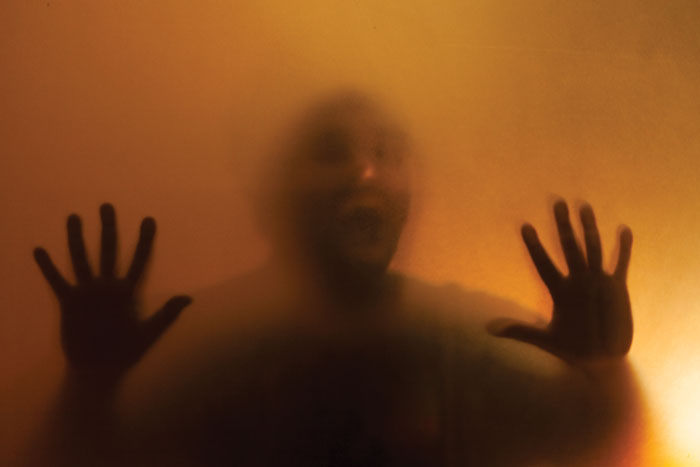
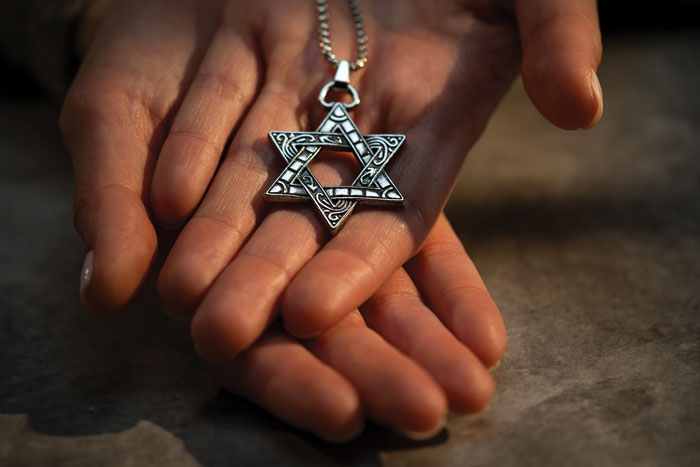

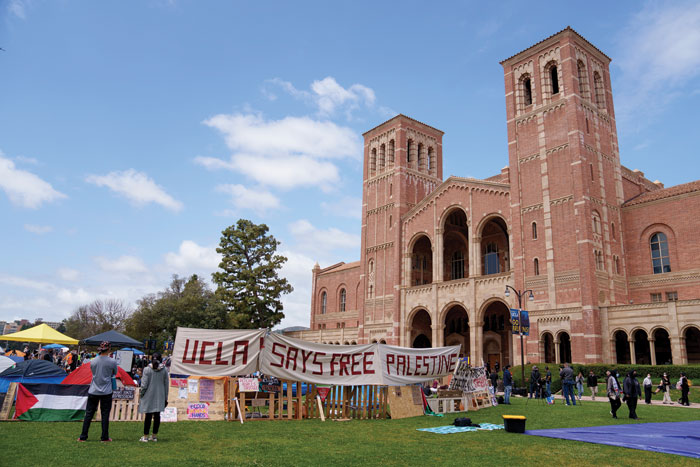






 More news and opinions than at a Shabbat dinner, right in your inbox.
More news and opinions than at a Shabbat dinner, right in your inbox.